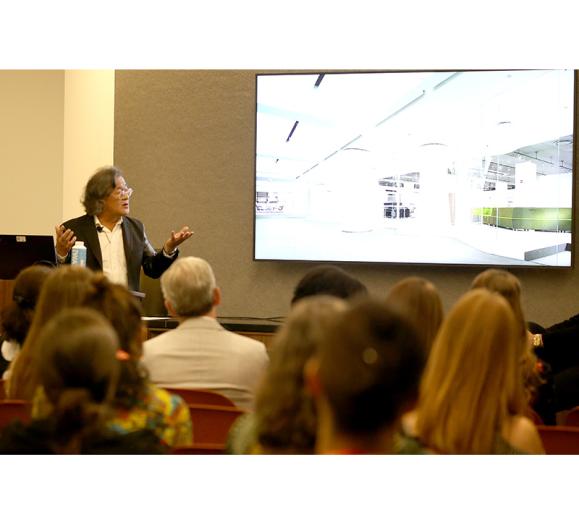The trade war between the U.S. and China escalated yesterday and continued through this morning. Yesterday, President Trump announced another round of tariffs on $200 billion worth of imported Chinese goods. This morning, China retaliated with a tariff on $60 billion worth of American goods. The two countries do not appear to be talking.
Though the economy may be doing well at the moment, tariffs have the potential to erase any progress and send the economy back into a recession.
"Every time this trade war escalates, the risk to U.S. consumers grows," Matthew Shay, President and CEO of the National Retail Federation (NRF), said in a prepared statement yesterday. "With these latest tariffs, many hardworking Americans will soon wonder why their shopping bills are higher and their budgets feel stretched."
The most recent round of tariffs will take effect on September 25, adding an additional 10 percent to the cost of Chinese imports. On January 1, 2019, that number will jump to 25 percent.
Here's what you need to know about the latest tariffs and how the current ones are already affecting the home design economy.
What's in this new round of tariffs?
Of the $506 billion worth of goods imported from China (the latest figure from 2017, according to BBC), the Trump administration has already imposed tariffs on $53 billion, and those tariffs are already in effect. This new round will affect $200 billion, and Trump further stated that if China retaliated with tariffs on American products (which is likely), then he would impose tariffs on another $267 billion. For those doing the math, yes, that is more that the total amount imported.
Of the $130 billion worth of goods that China imports from the U.S., tariffs have already been applied to $50 billion, and China already plans to retaliate with tariffs on another $60 billion.
Unlike previous tariffs, this new round will include consumer goods and will likely lead to an increase in prices for consumers. Some of these items include:
- Frozen meats
- Fish (nearly every kind)
- Lobster, crab and other crustaceans
- Fruits and vegetables
- Nuts
- Wheat, oat and rice products
- Cereals
Other non-food items include wool, toilet paper and luggage.
This round also includes furniture and lighting products, which will be especially painful for retailers as well as designers. Some of these products include:
- Chandeliers
- Lighting fixtures
- Wall lights
- Lamps
- Parts of lamps
- Furniture, wooden or otherwise
- Rattan and bamboo furniture parts
- Furniture parts
- Mattresses
- Mattress parts
For the full list, check it out here.
What does this mean for furniture and lighting retailers and interior designers?
It's definitely not good news, that's for sure.
Though the economy is doing well, the home design industry is not quite as strong as other sectors. Building material costs have increased due to steel and aluminum tariffs, which raised the costs of foreign as well as domestic steel, and tariffs on Canadian lumber. As a result, the cost of a new home rose by about $7,000, according to the National Home Builders Association.
On the interior design side, the American Society of Interior Designers (ASID) reported a dip in billings and inquiries for the second quarter of 2018, despite the usually busy summer months. Though Jack Kleinhenz, Principal and Chief Economist at Kleinhenz & Associates and co-author of the report, expects a bounce-back in the next report, he said a reason for this dip may be because of the struggles in the housing and home building markets. When consumers aren't building new homes or moving into new spaces, then they're not hiring interior designers either.
And late last month, the NRF reported the expected impact of a 10 percent and 25 percent tariff on furniture and home furnishings: as much as $4.3 billion on furniture purchases for the American consumer. With this new round of tariffs affecting more everyday goods such as rice, consumers will likely spend more on the necessities and have less left over to spend on furniture. This could lead to a drop in the amount of furniture and home furnishings goods purchased, or consumers might just put off buying furniture altogether.
So what can be done? Not much. Vote in November, and wait to see what happens.
Photo: Pexels







